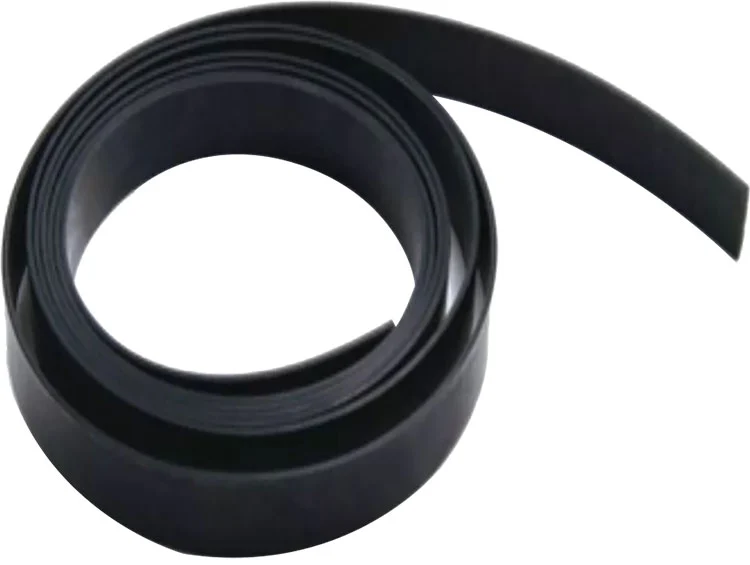QMH conveyor belt sealing rubber is an important material used for connecting and bonding at the joints of conveyor belts to prevent the joints from breaking.
Send Inquiry1. Strong adhesion:
QMH conveyor belt sealing rubber has excellent adhesion and can firmly bond the joints of the conveyor belt together to form a tight connection, effectively preventing the cracking and peeling of the interface during the operation of the conveyor belt, and ensuring the integrity and stability of the conveyor belt.
2. Good flexibility:
QMH conveyor belt sealing rubber has a certain flexibility and can deform with the bending, stretching and other deformations of the conveyor belt. It will not be brittle or lose viscosity due to the dynamic operation of the conveyor belt, thereby ensuring the reliability and durability of the conveyor belt joint under various working conditions. Fast curing: It usually has a faster curing speed and can achieve a higher bonding strength in a shorter time, reducing the waiting time in the joint production process, improving work efficiency, and also putting the conveyor belt into normal operation as soon as possible.
3. Temperature resistance:
According to different use environments and requirements, the sealing rubber has a certain temperature resistance range, which can maintain good performance at room temperature and work normally in high or low temperature environments, and will not cause viscosity reduction or colloid failure due to temperature changes.
4. Chemical corrosion resistance:
QMH sealing rubber has good tolerance to some common chemicals such as oil, dust, moisture, etc., and its bonding performance will not be affected by contact with these substances, ensuring the sealing and firmness of the conveyor belt joints under various harsh working conditions.
1. Base material:
Generally, natural or synthetic is used as the main base material, such as chloroprene, nitrile, etc. Natural has good elasticity and adhesion; Chloroprene has excellent weather resistance, oil resistance and flame retardancy; Nitrile has good tolerance to oils and chemicals, and can be selected according to the specific use environment of the conveyor belt.
2. Resin:
Adding an appropriate amount of resin can increase the viscosity and curing speed of the sealing rubber, and enhance the strength and heat resistance of the colloid. Common resins include phenolic resin, epoxy resin, etc.
3. Solvent:
In order to make the sealing rubber have good fluidity and coating performance, some solvents are usually added, such as toluene, xylene, ethyl acetate, etc. The solvent will evaporate after coating, causing the colloid to solidify.
4. Additives:
Some additives will also be added, such as curing agents, accelerators, antioxidants, plasticizers, etc. Curing agents can cause cross-linking reactions in colloids to increase bonding strength; accelerators can speed up curing; antioxidants can prevent colloid aging; plasticizers can improve the flexibility of colloids.
1. Base material:
Generally, natural or synthetic is used as the main base material, such as chloroprene, nitrile, etc. Natural has good elasticity and adhesion; Chloroprene has excellent weather resistance, oil resistance and flame retardancy; Nitrile has good tolerance to oils and chemicals, and can be selected according to the specific use environment of the conveyor belt.
2. Resin:
Adding an appropriate amount of resin can increase the viscosity and curing speed of the sealing rubber, and enhance the strength and heat resistance of the colloid. Common resins include phenolic resin, epoxy resin, etc.
3. Solvent:
In order to make the sealing rubber have good fluidity and coating performance, some solvents are usually added, such as toluene, xylene, ethyl acetate, etc. The solvent will evaporate after coating, causing the colloid to solidify.
4. Additives:
Some additives will also be added, such as curing agents, accelerators, antioxidants, plasticizers, etc. Curing agents can cause cross-linking reactions in colloids to increase bonding strength; accelerators can speed up curing; antioxidants can prevent colloid aging; plasticizers can improve the flexibility of colloids.

If you have any enquiry about quotation or cooperation, please feel free to email or use the following inquiry form. Our sales representative will contact you within 24 hours.